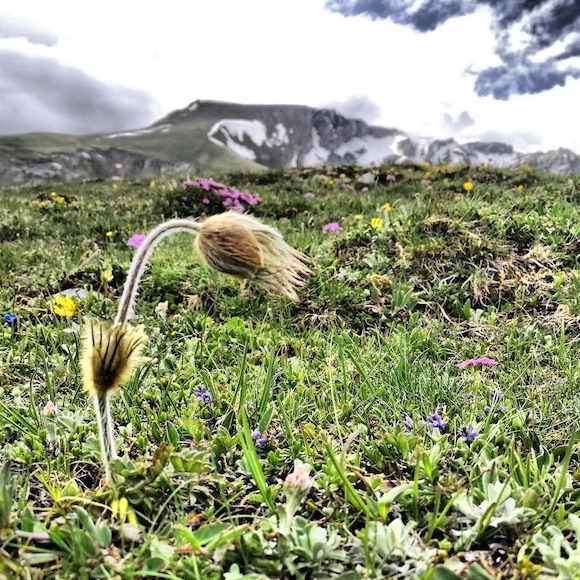Many of the most dramatic biological impacts of climate change are mediated by species interactions. Still, we largely ignore how climate change influences the way species interact, and how this affects community dynamics. Due to their steep climatic and ecologic gradients, mountains are excellent systems to study how species interactions will influence community dynamics in future climates.
As part of my doctoral research, in collaboration with Loic Pellisier, and Jake Alexander, we transplanted pieces of alpine meadow to lower elevations in the Swiss Alps to investigate how climate change alters the performance of different species and the nature of the interactions among them.
We combined the field experiment with mathematical models of metacommunity dynamics to investigate the timescales of the arrival and impact of low elevation species relative to the changes driven by changing interactions among alpine species.
Field experiment
We moved alpine turfs to lower elevations in a mountain slope in the eastern Swiss Alps to impose increasing degrees of climate warming, similar to what these plant communities will experience in the following 100 years of climate change.
Below is a Swiss News report about the experiment.
Data collection and modelling approach
Every summer from 2017 to 2020, we mapped the position and canopy cover of all the plants in the turfs. By comparing maps from one year to the next, we estimated key demographic rates for each species as a function of climate and the density of neighboring plants. With these estimated parameters, we built a model to project community dynamics over the next century under different climate change scenarios.

